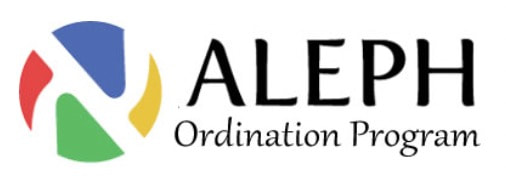Meet our 2025 Key Presenters

Keynote Speaker: Melila Hellner-Eshed
Melila Hellner-Eshed is a senior research fellow at the Shalom Hartman Institute in Jerusalem. She has taught for the past 25 years Jewish mysticism and Zohar at the Hebrew University in Jerusalem and serves on the faculty of the Institute of Jewish Spirituality. She has been teaching and working with Jewish communities around the world. Her publications include A River Flows from Eden: The Language of Mystical Experience in the Zohar (Stanford University Press, 2009) ; "Seekers of the Face - The Secrets of the Idra Rabba in the Zohar (Stanford 2022). Her new book co-written with Omri Shasha, On the Path of the Tree of Life – An Introduction to the Zohar (Brandeis forthcoming). Melila is active in the 'Sulha' - a reconciliation project that brings together Israelis and Palestinians.
'When I Sit in Darkness, God is my Light' Workshop: In this workshop we will explore Jewish sources spanning from biblical verses and images through Jewish medieval mystical text all the way to contemporary poems addressing the chaos creating and birthing dynamics of crisis 'mashber' - both in personal and collective dimensions.
Melila Hellner-Eshed is a senior research fellow at the Shalom Hartman Institute in Jerusalem. She has taught for the past 25 years Jewish mysticism and Zohar at the Hebrew University in Jerusalem and serves on the faculty of the Institute of Jewish Spirituality. She has been teaching and working with Jewish communities around the world. Her publications include A River Flows from Eden: The Language of Mystical Experience in the Zohar (Stanford University Press, 2009) ; "Seekers of the Face - The Secrets of the Idra Rabba in the Zohar (Stanford 2022). Her new book co-written with Omri Shasha, On the Path of the Tree of Life – An Introduction to the Zohar (Brandeis forthcoming). Melila is active in the 'Sulha' - a reconciliation project that brings together Israelis and Palestinians.
'When I Sit in Darkness, God is my Light' Workshop: In this workshop we will explore Jewish sources spanning from biblical verses and images through Jewish medieval mystical text all the way to contemporary poems addressing the chaos creating and birthing dynamics of crisis 'mashber' - both in personal and collective dimensions.

Musician-in-Residence: Lior Tsarfaty
Lior Tsarfaty, a native Israeli, is the musical director of Chochmat HaLev, a Jewish Renewal Congregation in Berkeley. He is an internationally touring musician and recording artist, uniquely weaving music and various healing modalities to create transformative experiences for his audience and clients. He does music "peace work" with Muslims and Jews and offers mindfulness and chanting workshops in the Bay Area, Israel, and China. Lior is the founder of Village Song, a school and a movement that brings the power of music to Alzheimer's communities.
Lior Tsarfaty, a native Israeli, is the musical director of Chochmat HaLev, a Jewish Renewal Congregation in Berkeley. He is an internationally touring musician and recording artist, uniquely weaving music and various healing modalities to create transformative experiences for his audience and clients. He does music "peace work" with Muslims and Jews and offers mindfulness and chanting workshops in the Bay Area, Israel, and China. Lior is the founder of Village Song, a school and a movement that brings the power of music to Alzheimer's communities.



